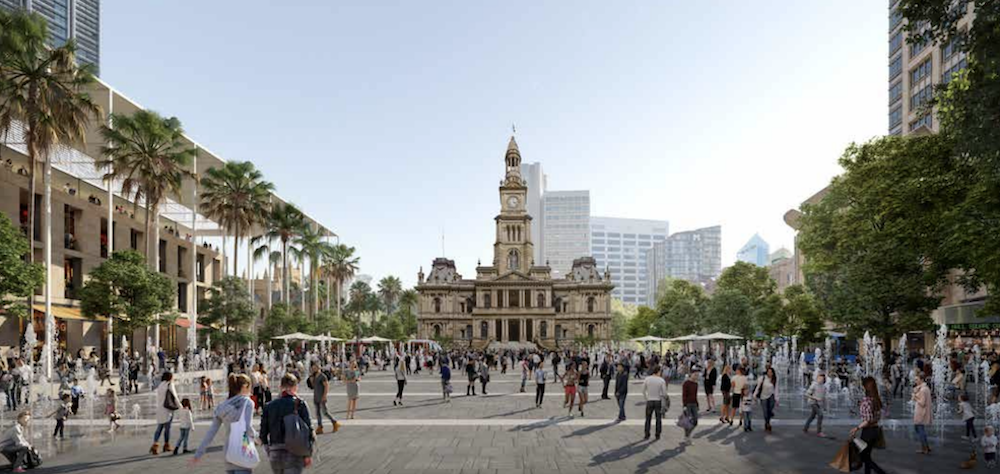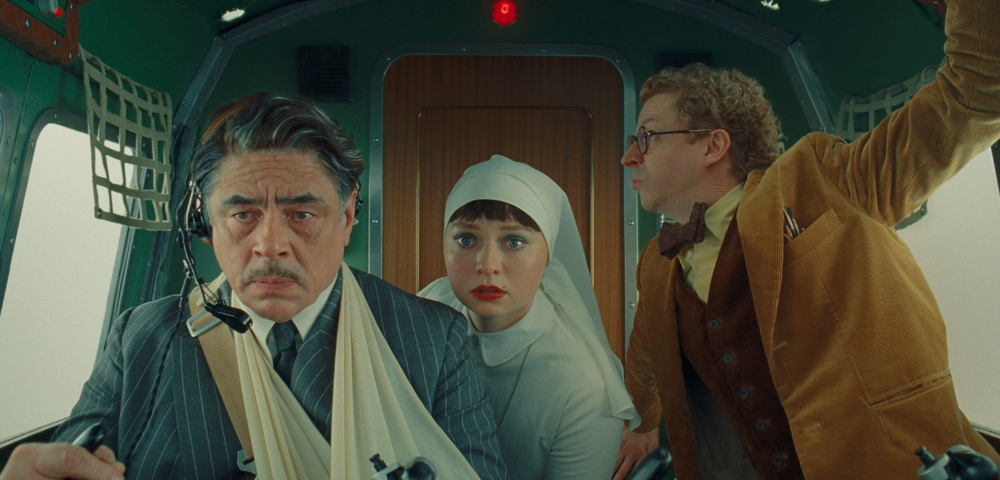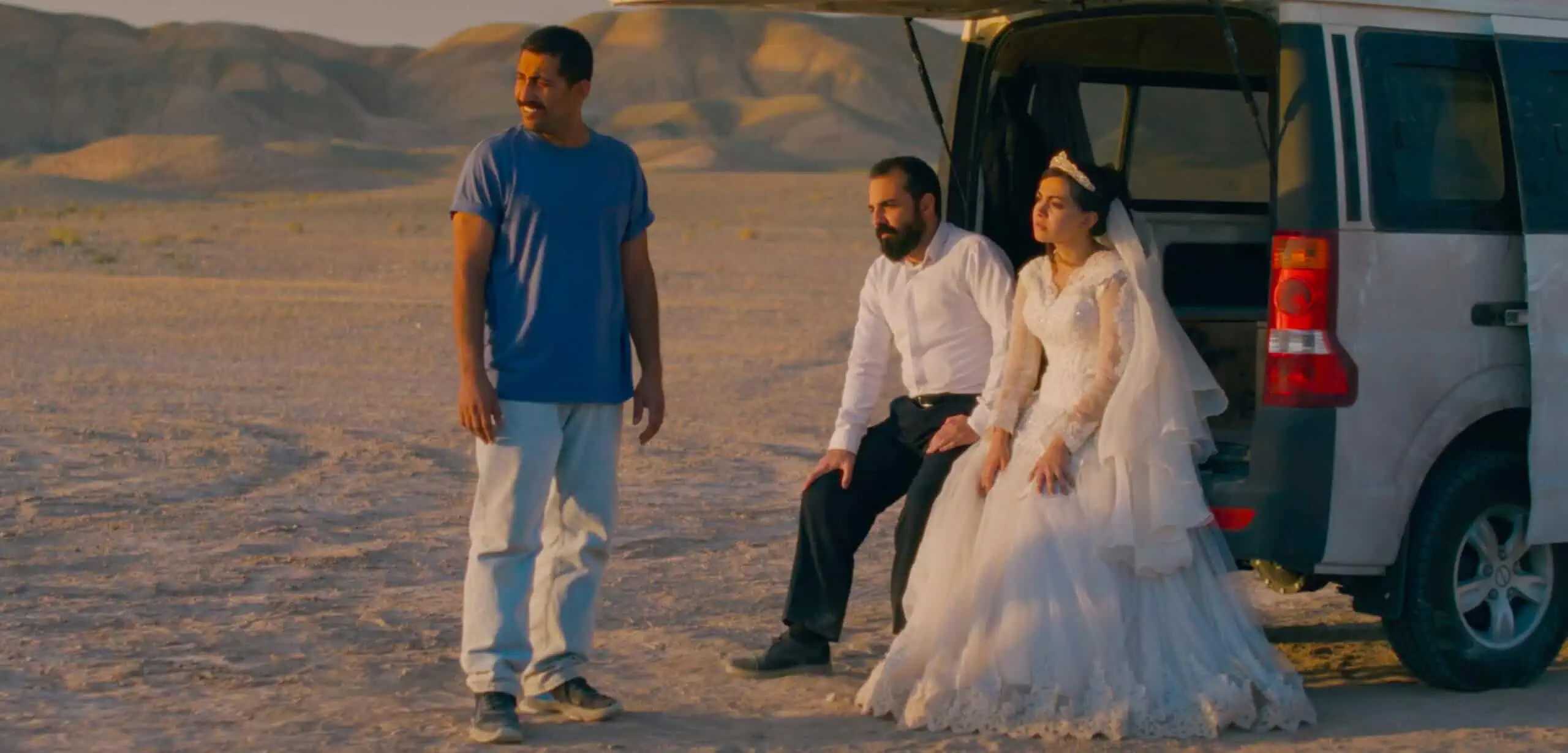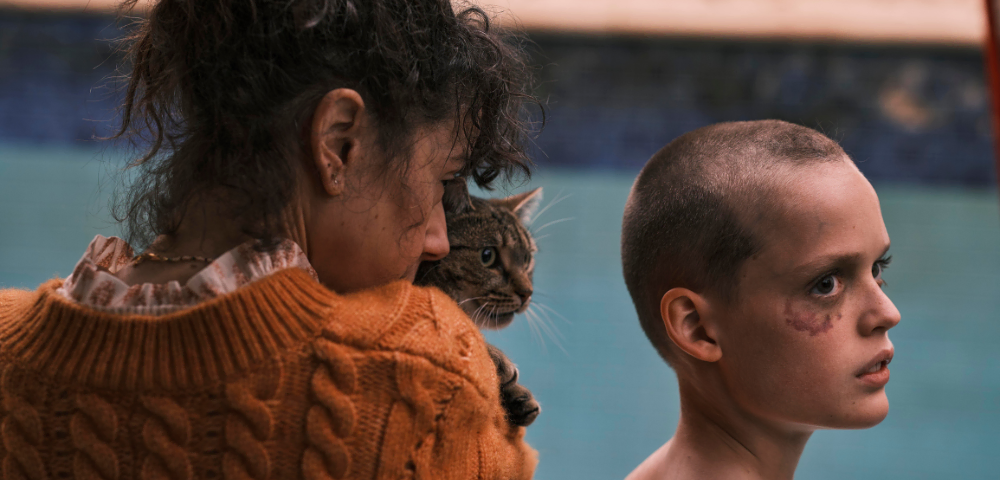
EXIBITION: FIONA HALL – FORCE FIELD
BY AMELIA GROOM
Spanning across art forms as diverse as photography, etching, installation, painting, video and sculpture – in media as varied as bronze, electric circuitry, glass beads, soap, foreign currency, Coke cans, VHS tape, Tupperware and other found objects – Fiona Hall is an artist who has stretched her arms far in her embrace of creative approaches.
Drawing on ideas of nature, domesticity, literature, consumption, media, politics, colonisation, finance, science, sex and gardening, she is also broad in her conceptual exploration; and the current survey of her work at the Museum of Contemporary Art is a fantastic way to experience it all alongside each other.
Born in Sydney (1953), and based in Adelaide, Hall has been a practicing artist for over three decades. Much of her work is characterised by its use of everyday objects and materials that are transformed into complex pieces, often through elaborative and labour-intensive processes.
Taking up the first two floors of the gallery, Fiona Hall: Force Field features works from the 1970s to the present day, and includes new ones made especially for the show.
Tupperware containers are turned into little creatures (as pictured here), or a complex Morse code lighting system spanning an entire wall. Mickey Mouse, rabbits and dismembered human torsoes, heads and limbs are woven out of black VHS tape and float out of their blockbuster video covers.
Dozens of exact replicas of the nests of varied bird species are created the out of shredded USA dollar notes; and various cleaning products are given beaks and the ability to electrically light up.
Also on display is the extensive series Paradisus Terrestris, for which the artist is probably best known. First made in the late ’80s, these delicate sculptures feature erotically charged snapshots of the human body juxtaposed against precisely sculpted plant life, coming out of aluminium sardine tins.
Like so many of her bodies of work, Paradisus Terrestris is an attempt at cataloguing animal or plant species, with scientific exactitude. Hall’s sustained fascination with the wonders of nature and the intersections of the natural world with human culture, along with her fastidious attention to detail, has often seen her art compared to the world of science.
In a public conversation with the show’s curators on the opening day of the exhibition, Hall said that she had heard scientists often have a hunch for a theory by the time they’re 20, and for the rest of their lives they simply refine it – and that ‘it’s the same for artists.’
What is evident in Fiona Hall: Force Field is how even though the artist is forever broadening her practice, she has remained highly faithful to many of the same conceptual foundations. The exhibition is arranged thematically rather than chronologically, with six rooms – ‘consumption’, ‘symbiosis, ‘body’, ‘paradise’, ‘territory’ and ‘trade’- allowing us to see early projects alongside recent ones, and the ongoing links between the ideas.
Fiona Hall: Force Field
Museum Contemporary Art
Circular Quay West
Until June 1
FREE
10am – 5pm daily
9245 2434 or www.mca.com.au










